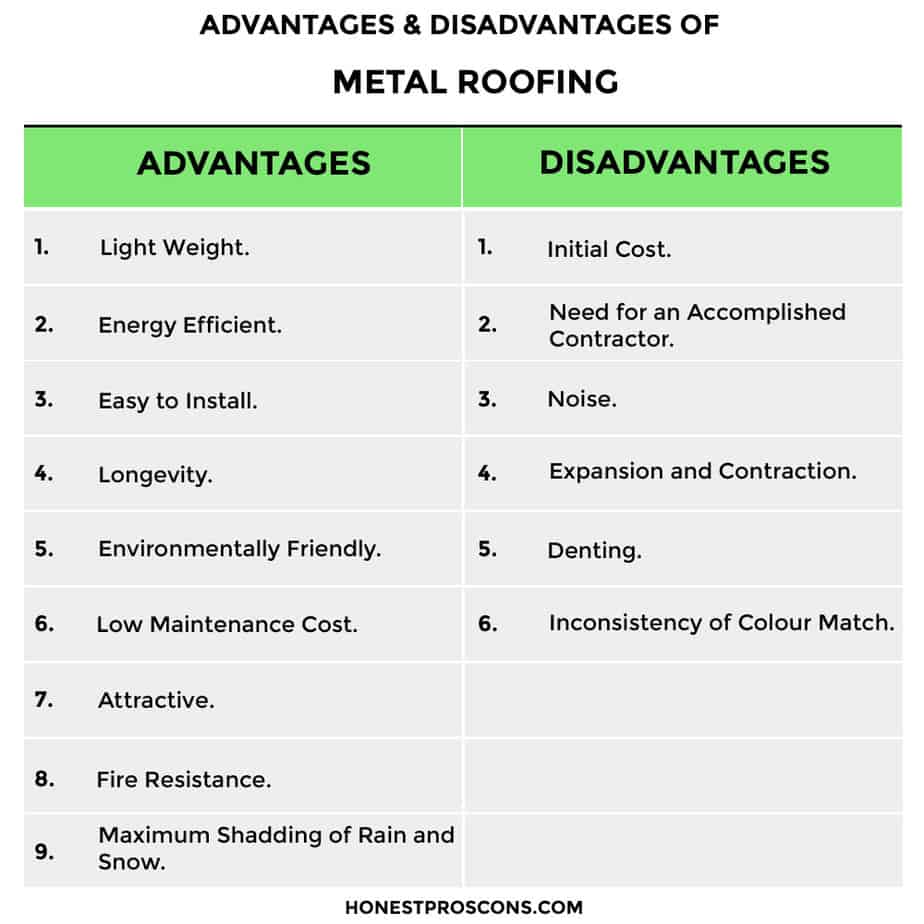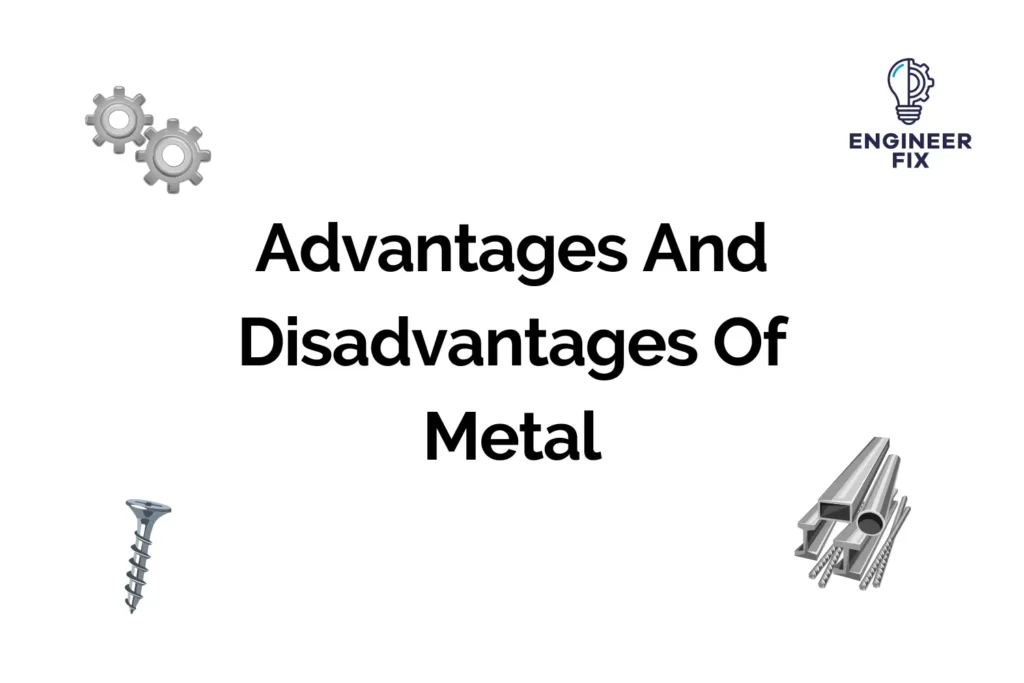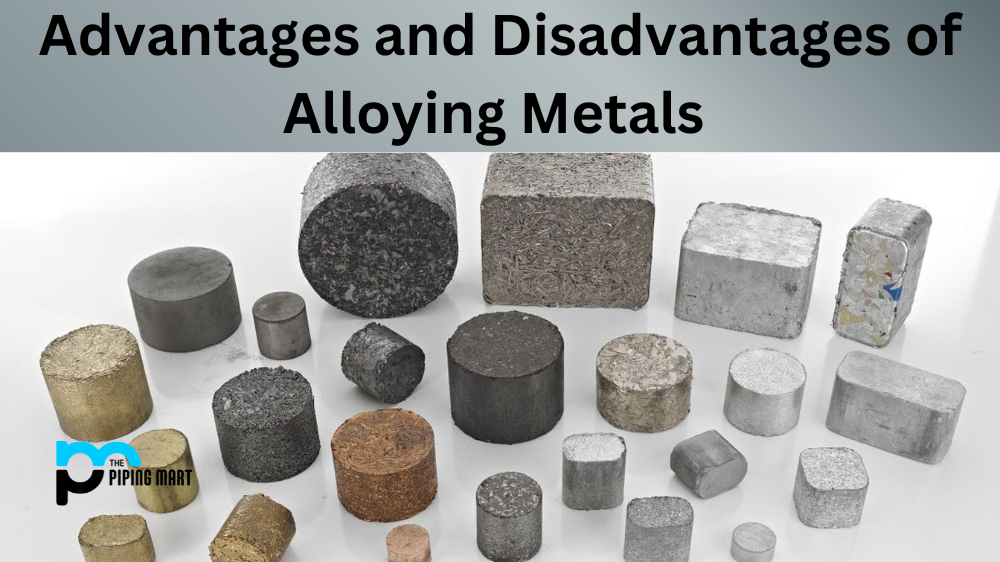Imagine a world without metal – no shiny cars, no sturdy buildings, and no dependable tools. It seems unimaginable, doesn’t it? Metal has played a vital role in our lives, revolutionizing the way we live, work, and create. However, like every coin has two sides, even metal has its disadvantages. It’s time we explore the drawbacks of this versatile material and understand how it affects our lives. From corrosion to high conductivity, join us as we uncover the potential downsides of metal.
Corrosion
Rusting
One major disadvantage of metal is its vulnerability to rusting. Rust is the result of the oxidation process that occurs when metal is exposed to oxygen and moisture. When this happens, a reddish-brown layer forms on the surface, causing the metal to become weakened and eventually deteriorate. Rusting can be particularly problematic in environments with high humidity levels or acidic substances, as they accelerate the process. It can lead to structural damage, reduced functionality, and even safety hazards.
Galvanic corrosion
Another type of corrosion that affects metal is galvanic corrosion. It occurs when two or more different metals come into contact with each other in the presence of an electrolyte, such as moisture or saltwater. This causes an electrochemical reaction that leads to the deterioration of one or both metals involved. Galvanic corrosion can be especially problematic in industries that use dissimilar metals in their equipment or infrastructure, as it can compromise their integrity and functionality.
Pitting corrosion
Pitting corrosion is yet another form of corrosion that metal can experience. It involves the formation of small pits or craters on the surface, resulting from localized corrosion attacks. Pitting corrosion is typically more aggressive and concentrated, causing rapid deterioration in the affected areas. It is often caused by factors such as chloride ions, acidic conditions, or localized mechanical damage. Pitting corrosion can compromise the structural integrity of metal objects, leading to potential failures or reduced lifespan.
Weight
Density
One significant disadvantage of metal is its high density, which contributes to its heavy weight. Metals are generally much denser than other materials, such as plastics or composite materials. This can pose challenges in various industries where weight is a critical factor, such as aerospace or automotive. The high density of metal makes it less ideal for applications where minimizing weight is essential, as it adds unnecessary burdens in terms of fuel consumption, transportation costs, and overall efficiency.
Transportation and lifting
The weight of metal also poses challenges in terms of transportation and lifting. Due to its heaviness, transporting metal can be more complex, requiring specialized equipment and increased logistical considerations. The need for heavy-duty vehicles, cranes, or lifting machinery can significantly impact costs and operational efficiency. Additionally, the weight of metal makes it more demanding to handle and manipulate during construction or manufacturing processes, potentially increasing the risk of accidents or injuries.
Structural limitations
The weight of metal can also impose limitations on the design and construction of structures. The heavy load-bearing capacity of metals often necessitates substantial support structures and foundations. This can result in increased material and labor costs, as well as decreased flexibility in architectural or engineering designs. Furthermore, the weight of metal can limit the types of environments where it can be effectively used, such as in applications where weight restrictions are imposed, such as high-rise buildings or lightweight structures.

Heat Conductivity
Thermal conductivity
Metal’s high heat conductivity can be a disadvantage in certain applications. While it can be desirable in situations where heat needs to be efficiently transferred or dissipated, it can also lead to unintended consequences. For example, in building construction, metals with high thermal conductivity can result in heat loss or gain, reducing energy efficiency and increasing heating or cooling costs. Additionally, in electrical components or systems, the high thermal conductivity of metal can lead to overheating or the need for additional thermal management measures.
Heat retention
Similarly, metal’s ability to retain heat can be a drawback in various situations. Metal objects or surfaces exposed to high temperatures can become hot and remain so for extended periods, posing safety risks. This can be particularly problematic in environments where humans or sensitive equipment may come into contact with metal surfaces. The heat retention properties of metal can also impact energy consumption, as cooling or ventilation systems may need to work harder to maintain comfortable temperatures or prevent equipment overheating.
Electrical Conductivity
Inefficient insulation
One disadvantage of metal is its high electrical conductivity, which can hinder its use in certain electrical applications. The conductive nature of metal makes it less suitable for insulating applications where the goal is to prevent the flow of electricity. Insulating materials, such as plastics or ceramics, are often preferred in such cases due to their low electrical conductivity. Metal’s high electrical conductivity can result in unwanted electrical leakage, interference, or safety hazards when used inappropriately, necessitating additional insulation measures or alternative materials.
Electrolytic corrosion
Metal’s electrical conductivity can also lead to electrolytic corrosion, which occurs when metal comes into contact with an electrolyte, such as moisture or saltwater, in the presence of an electrical current. The flow of electric charge accelerates the corrosion process, causing the metal to deteriorate more rapidly. Electrical systems or components made of metal that are exposed to corrosive environments are particularly susceptible to electrolytic corrosion. This can lead to functional failures, reduced longevity, or increased maintenance and replacement costs.

Expensive
Production costs
Metal production can be costly due to various factors involved in the extraction, refining, and processing of raw materials. The complex and energy-intensive processes required to obtain metal from ores or recycled materials contribute to the overall expenses. The need for specialized equipment, labor, and environmental compliance measures further adds to the production costs. Additionally, metal production is subject to market fluctuations, impacting the availability and cost of raw materials, which can affect the final price of metal products.
Raw material prices
The prices of raw materials used in metal production, such as iron ore or aluminum ore, can have a direct impact on the cost of metal. The demand and supply dynamics of these materials are influenced by global market trends, geopolitical factors, and resource availability, leading to price fluctuations. This can result in increased costs for metal manufacturers, which are often passed on to consumers. The volatility of raw material prices can make metal products more expensive and less predictable in terms of pricing stability.
Hardness
Difficult to shape and mold
The hardness of metal can pose challenges in shaping and molding processes. Metal objects or components that require intricate or complex designs may be particularly demanding to manufacture due to their hardness. Forming metal into specific shapes or achieving precise dimensions may require advanced techniques, equipment, or specialized tooling. This can increase production time and costs, limiting the feasibility or efficiency of using metal in certain applications where ease of manufacturing or flexibility of design is crucial.
High tool wear
Another drawback of metal’s hardness is the accelerated wear and tear it can cause on tools used in machining or manufacturing processes. Metal’s superior strength and hardness can cause cutting tools, molds, or dies to become dull or damaged more quickly. This necessitates regular tool replacement or reconditioning, adding to production expenses. The high tool wear associated with metal also increases the risk of product defects or the need for additional quality control measures to ensure dimensional accuracy and consistency.

Appearance
Susceptible to scratches and dents
Metal’s aesthetic appeal can be compromised by its susceptibility to scratches and dents. Even with appropriate treatment or coatings, metal surfaces can easily be marred by the everyday wear and tear of usage. Scratches or dents on visible metal surfaces can affect the overall appearance and perceived quality of products, infrastructure, or architectural elements. This can be a disadvantage in industries where aesthetics play a significant role, such as automotive, interior design, or consumer electronics.
Lack of aesthetic diversity
While metal offers a range of finishes and surface treatments, its overall aesthetic diversity may be limited compared to other materials. Metal surfaces are typically characterized by their metallic luster, which may not suit every design or style preference. The visual appearance of metal can also be influenced by factors such as oxidation, patina, or discoloration over time, which may not be desirable in certain applications. The lack of aesthetic diversity in metal can limit its use in industries that emphasize visual appeal or artistic expression.
Environmental Impact
Energy-intensive production
Metal production is known for its significant energy consumption. The extraction, refining, and processing of raw materials require large amounts of energy, contributing to greenhouse gas emissions and environmental pollution. The energy-intensive nature of metal production can lead to increased carbon emissions and resource depletion, exacerbating climate change and environmental degradation. The industry is continuously striving to implement cleaner and more sustainable practices, but the inherent energy requirements of metal production pose environmental challenges that need to be addressed.
Mining and extraction impacts
The mining and extraction of raw materials for metal production can have detrimental effects on the environment. Metal ores are often found deep underground or in ecologically sensitive areas, necessitating extensive mining operations. These operations can cause habitat destruction, soil erosion, deforestation, and pollution of air, water, and land resources. Mining activities also generate substantial waste, such as tailings or mine drainage, which can lead to long-term environmental contamination. The environmental impacts of metals’ extraction processes highlight the need for responsible mining practices and sustainable resource management.

Sound Insulation
Poor acoustic properties
Metal’s sound insulation capabilities are generally inferior to other materials, such as wood, plastic, or insulation foam. Metal surfaces tend to reflect sound waves rather than absorb or dampen them, resulting in poor acoustic properties. This can be problematic in applications where noise reduction or sound isolation is desired, such as building construction, automotive interiors, or music studios. Additional measures, such as soundproofing materials or structural modifications, may be required to improve metal’s acoustic performance, adding complexity and cost to projects.
Recyclability
Limited recycling options
While metal is often touted for its recyclability, not all types of metal are equally easy to recycle. Certain metals, such as aluminum or steel, have well-established recycling infrastructures and processes, making them highly recyclable. However, other metals, such as rare earth metals or various alloys, may have limited recycling options due to technical or economic constraints. The lack of efficient recycling methods for certain metals can contribute to environmental concerns and resource depletion, as well as hinder the circular economy’s goals of reducing waste and conserving resources.
Energy-intensive recycling processes
Recycling metal, although environmentally advantageous, can still be energy-intensive compared to other recycling processes. The melting and purification steps involved in metal recycling often require high temperatures or specialized equipment, consuming substantial amounts of energy. The energy-intensive nature of metal recycling processes can offset some of the sustainability benefits associated with recycling. Efforts are underway to develop more energy-efficient recycling technologies and promote the use of recycled metal, but the energy requirements remain a factor to consider when assessing the overall environmental impact.
